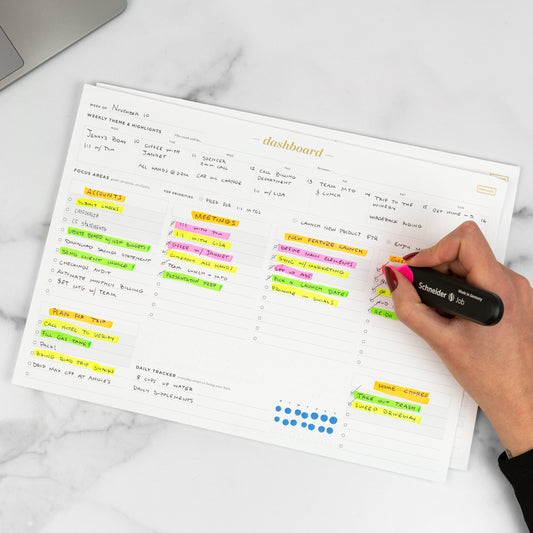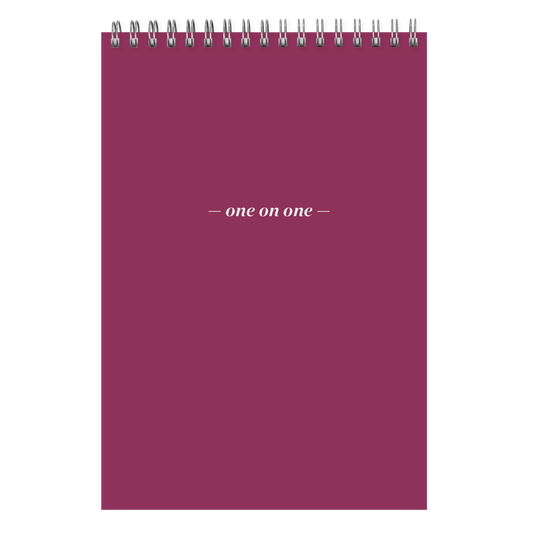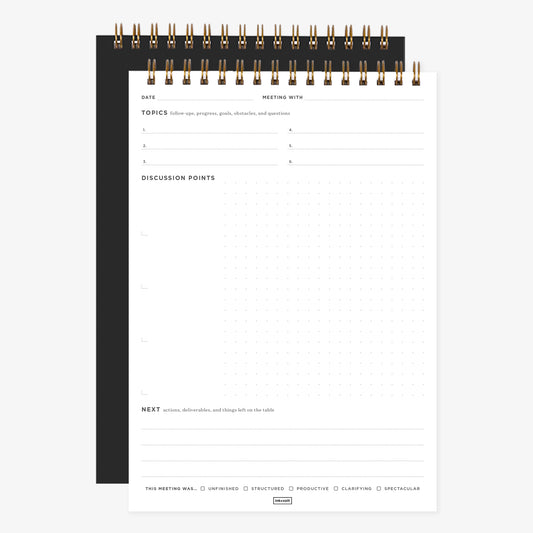Rule your inbox, don’t let it rule you.
Here’s a surprising statistic: The average professional spends about 28% of their work day on emails. For the average full-time worker in America, according to calculations from the Harvard Business Review, that amounts to 2.6 hours spent and 120 messages received per day.
Sound familiar? If so, you’ve probably committed to, or at least flirted with, the idea of hitting “inbox zero” – the term many use for keeping their inbox free of unread messages, and thus, digital clutter. The effort is often easier said than done. Between spam emails and critical communication, the endeavor to eliminate that little notification marking the number of unread emails is daunting.
And even if you are able to keep up on inbox zero, it can start to feel like a part-time job – the average person checks their email around 70 times per day, according to one study.
Every ding of an incoming email distracts your attention from the important task you’re working on. You may have zero unread messages, but simply hitting inbox zero won’t make you feel particularly more organized or productive.
To have any substantial meaning in your day, hitting inbox zero should come with some structure and boundaries.
Define your email goals
Just like other aspects of your work, you should have some idea what you want your inbox to accomplish. Maybe you want to treat it like a filing system, so that it’s easy to find your most important correspondence. Or, maybe you want all of your emails – promotional and work – to be in one place.
First, it’s important to take an inventory of your inbox and see how it’s currently working (or not) for you. Think about what makes up the bulk of your inbox, what’s mostly unread and how you’re using it. Are they important emails that require devoted attention? Newsletters? Ads?
“The benefit of doing this inventory and categorization is that it prepares you to make meaningful to-do lists and better answer the question, ‘How is my time best spent right now?’” writes Paul Argenti, a professor of corporate communication at Dartmouth College.
This inventory will help you get a handle on your inbox priorities so that you can better organize it and, ultimately, have an easier time hitting that inbox zero goal.
Folders are your friends
The whole point of hitting inbox zero is that you feel on top of it all, so that in a few days or weeks you won’t be digging through dozens (okay, let’s be honest, hundreds) of messages. The goal is not only to have read the emails, but to have dealt with them too (replying, filing away or deleting).
It can be tempting to open every message just to see that little notification disappear, but it won’t do you any good in the long run. Your inbox might still be a disaster zone.
Instead, find a folder system that works for you.
One way to triage your inbox is through the Eisenhower method (also referred to as the time management matrix), which is typically thought of as a way to organize a busy to-do list and be your most productive self.
The matrix is a graph that divides tasks into four different quadrants:
- Quadrant 1: Urgent and important
- Quadrant 2: Not urgent and important
- Quadrant 3: Urgent and not important
- Quadrant 4: Not urgent and not important
You can easily adapt this method to folders in your inbox. Messages in the urgent and important folder require immediate attention, but not urgent and not important don’t have to be cleared out or read right away.
You may also choose to divide folders based on projects, deadlines or teams.
Devote specific time
Study after study shows that managing an inbox is stressful, and younger generations are finding ways around the tool because of it.
“Email is all your stressors in one area, which makes the burnout thing so much harder,” one Gen Z-er told the New York Times. “You look at your email and have work stuff, which is the priority, and then rent’s due from your landlord and then Netflix bills. And I think that’s a really negative way to live your life.”
A lot of that stress can be attributed to the fact that managing email to the point of inbox zero takes a lot of time.
On average, employees check their email every 37 minutes – which ends up being a huge time suck. Afterall, one study found it can take people up to 23 minutes and 15 seconds to fully recover after an interruption. The average 21 minutes total you spend checking email throughout the day can quickly turn into triple or quadruple that. Plus, it diverts time away from deep thinking and other tasks that are essential to your work.
Instead, time management experts believe it to be better to set aside a chunk of time specifically dedicated to email. This way, you’re not chasing down every single email and interrupting your work. This may work better at the beginning of the day for some people and at the end for others. Whatever it is, try setting a timer for 30 minutes of email time. Use this to read, sort and reply if necessary.
Email can easily take a backseat to your tasks, so setting a reminder or blocking off your calendar will help you accomplish a little bit of work that will improve your overall productivity.
Manage incoming mail
You may start to notice that a lot of the email coming into your inbox every single day isn’t even anything you’re reading. It may be a newsletter that’s no longer relevant, spam or an ad from a company you shopped with once.
Take the time to unsubscribe from unnecessary email blasts. While it’ll take some time up front, it’ll save you time, space and energy down the road. Preventing the emails so you never have to deal with them.









